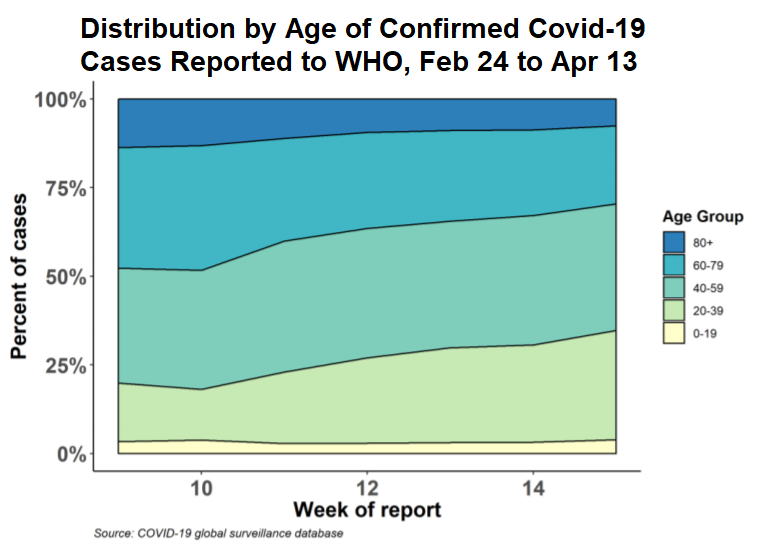Children and Covid-19: Wired
Children and Covid-19: Wired

Read the article from Wired about a new syndrome linked to Covid-19 that targets those under age 20.
Gregory Barber is a staff writer at Wired who writes about blockchain, AI, and tech policy. He graduated from Columbia University with a bachelor’s degree in computer science and English literature and now lives in San Francisco.
Covid-19 continues to present new manifestations, including pediatric inflammatory multisystem syndrome, and the World Health Organization gathers data to learn more:
“It is essential to characterize this syndrome and its risk factors, to understand causality, and describe treatment interventions. It is not yet clear the full spectrum of disease, and whether the geographical distribution in Europe and North America reflects a true pattern, or if the condition has simply not been recognized elsewhere. There is therefore an urgent need for collection of standardized data describing clinical presentations, severity, outcomes, and epidemiology. WHO has developed a preliminary case definition and case report form for multisystem inflammatory disorder in children and adolescents.”
Preliminary case definition of pediatric multisystem inflammatory disorder for children and adolescents as of May 15, 2020 includes fever, rash or signs of inflammation, shock, gastrointestinal problems including diarrhea or vomiting – with no obvious microbial cause. There should be evidence of Covid-19 infection or contact with Covid-19 patients.
WHO has an established platform for standardized, anonymized clinical data and invites contributors to enter case reports with data and variables. “Using the WHO platform facilitates aggregation, tabulation, and analysis across different settings globally and provides a secure, access-limited, password-protected, electronic database hosted in a secure server at WHO.”